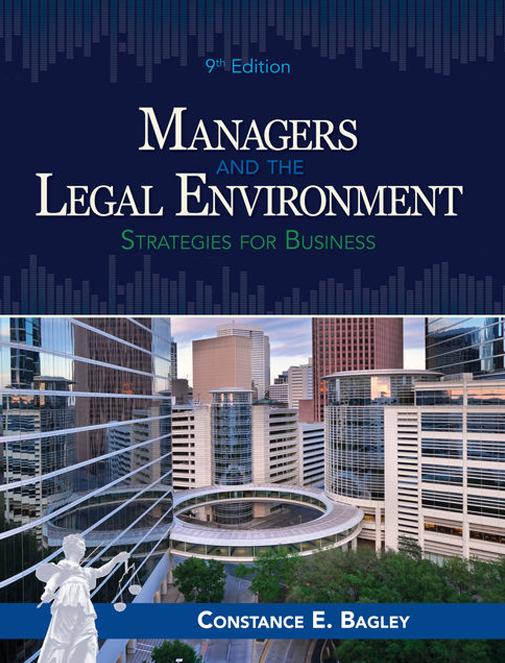Question
In 1720, 90% of the population died during an outbreak of smallpox, leaving only a small number of individuals who were able to grow crops.
In 1720, 90% of the population died during an outbreak of smallpox, leaving only a small number of individuals who were able to grow crops. Consider a hypothetical version of the aftermath of the smallpox outbreak, where there are only two individuals who are able to grow and harvest crops: Freya and Calum.
Freya lives in the north of the island, where potatoes grow better than oats.
Calum lives in the south of the island, where potatoes grow almost as well as oats.
Assume that there is currently no trade possible with other islands.
Below is a table that shows a fictional version of the production possibilities of both Freya and Calum for the coming year. Assume that the opportunity costs are constant (i.e. the feasible frontiers for both individuals are linear):
If 100% of time is spent on the production of one crop | Self sufficiency | |||
Potatoes (kg) | Oats (kg) | Potatoes (kg) | Oats (kg) | |
Freya | 1000 | 400 | 300 | 250 |
Calum | 800 | 1000 | 350 | 400 |
a.) Does either individual have an absolute advantage in producing potatoes? What about oats? Explain your answer.
Step by Step Solution
There are 3 Steps involved in it
Step: 1

Get Instant Access to Expert-Tailored Solutions
See step-by-step solutions with expert insights and AI powered tools for academic success
Step: 2

Step: 3

Ace Your Homework with AI
Get the answers you need in no time with our AI-driven, step-by-step assistance
Get Started


